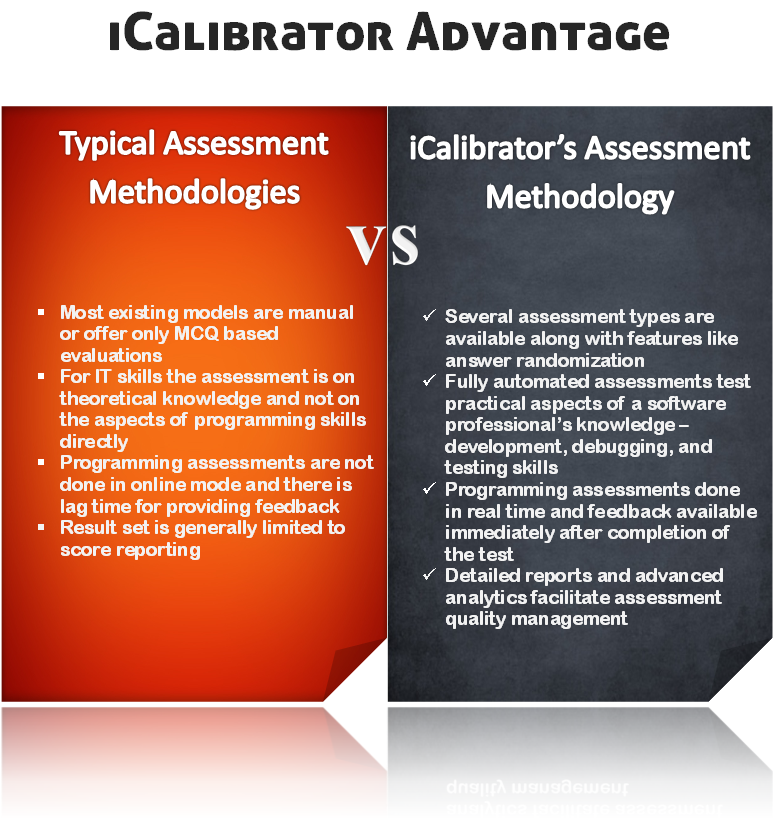Given the slow worldwide economic recovery, it’s an appropriate time to review our core tactics. Many of us are finding our clients and prospects are risk averse. Here are some effective strategies you can proactively use to increase your sales, no matter what the economic climate brings.
You might be asking “Who will buy from me now?” when so much seems to be at risk.
The ValueSelling Framework® has strategies to help you make the sale, even with timid prospects. While the temperature of the economy will dictate some change, companies are still in business and work is still getting done. So the real question is, “What can sales professionals do right now to position themselves for success?”

ValueSelling Framework basics that will help you exceed your quota:
- Focus on the positive: It’s very easy to be overwhelmed with negative messages, and bad news always gets more interest than good news. To be successful, however, your attitude is essential. Tune out all the information that isn’t helpful to you right now. Turn off the 24-hour news cycle and the minute-by-minute updates from your smartphone. There is always a lot going on in the market that’s outside your control, so instead focus on what you can control. We are not suggesting that we put on rose-colored glasses. Rather, we should simply find opportunity and positive news wherever we can. Maintaining that positive attitude will help you defend yourself against constant bad news.
- Focus on empathy: The best salespeople in any industry are the ones who know how to solve their customer’s problems. In uncertain times, people become much more risk-averse, sticking with what they know to be secure and stable. If you’re a problem expert, your job will be to get in tune with your client’s fear of uncertainty. Their fears may manifest in multiple ways, including taking a longer time to make decisions and involving more people to make them. Empathize by offering customers increased understanding and flexibility, and they’ll recognize the security you offer.
- Focus on real value: Prospects and customers need to understand the real value you offer. When they are uncertain, they spend more time making the decision to buy, and they are concerned about real monetary gains from their investment. Focus on the real value you are providing to them. Are you positioned to save them money or grow revenue?
- Focus on preparation: Sales executives are most successful when they’re purposeful, customer-focused, and ready to execute. Spend more time understanding your clients, their industries and markets, and building creative solutions with them. In the end, you’ll spend less time fixing problems in the sales cycle that arise.
- Focus on qualification: Companies with sales team that excel have customer-centric processes that leverage best practices and repeatable strategies. Their prospect qualification is a multidimensional process, and it doesn’t focus on who has the budget. Just because people can make a purchase – doesn’t mean they will. Your prospect qualification process should be reverse-engineered from how prospects will make decisions:
a. Should I buy this?
b. Can I buy this?
c. Is it worth it?
d. Am I convinced?
Knowing your prospects’ answers to these questions is essential before you begin investing time and resources in a sales cycle. If your prospect is not qualified, let that one and find someone who is.
Remember, your competitors have the same difficulties that you do. Stay calm, stay focused, and look for their vulnerabilities in the marketplace. You should be playing both defence and offense with your current customers to defend your position. By staying focused on the customer, you won’t be outsold, and you can win the customer’s business and loyalty.






